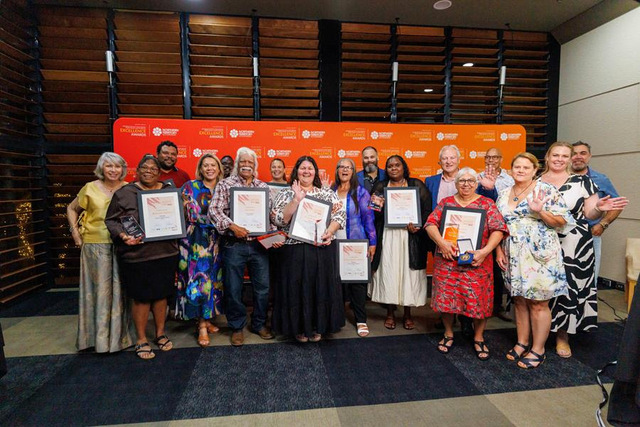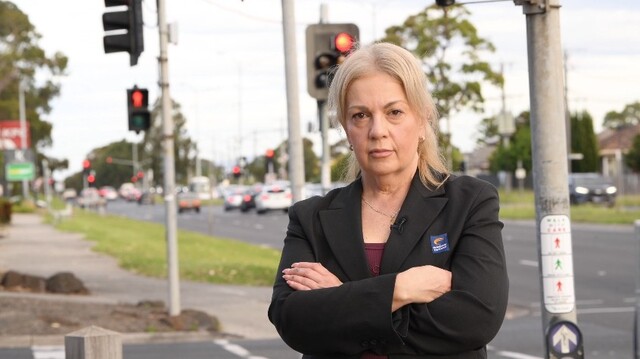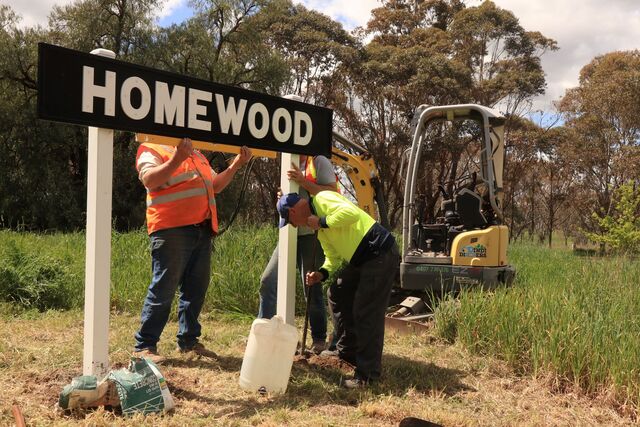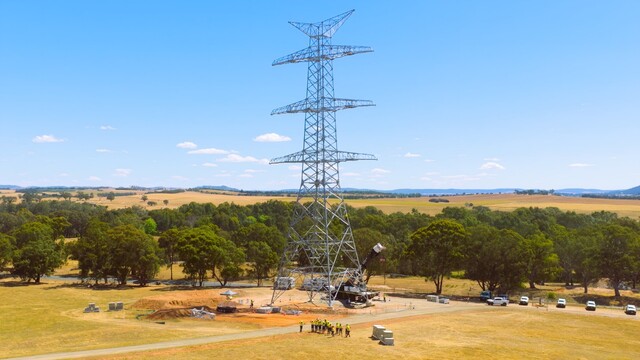An amalgamated eastern suburbs council, combining Randwick, Waverley, Woollahra and Botany Bay councils, could generate a surplus over 10 years of $517 million according to a study prepared by SGS Economics and Planning.
The findings suggest a larger eastern suburbs council sharing common facilities, such as beaches and mixed density development, could be a financial viable alternative to the NSW Independent Local Government Review Panel’s indicated preference for a ‘big Sydney’ council.
The study uses the efficiencies and practices of Randwick City and applies the approach across all four councils – without increasing rates or charges or reducing service levels.
Randwick Mayor Tony Bowen said the report shows that Randwick City is in an extremely sound position.
“Despite the findings of the report, my position remains that I believe council should not be amalgamated,” Mayor Bowen said. “And it’s worth remembering that the State Government has promised there will be no forced amalgamations and this report shows they should be held to it.
“Plainly the review process has put the issue of amalgamations squarely on the table.
“Randwick City is one of Sydney’s strongest councils. We have no debt, a current capital works budget of $31 million and great efficiencies in our services we deliver to the community.
“Randwick is able to stand alone as a sustainable and financially viable organisation that has strong strategic capacity to work with all levels of government to deliver improvements and better services for our residents.
“We received an A+ rating from the NSW Treasury in their benchmarking report of the financial assessment of all NSW councils. I am confident we would meet all requirements to stay as an independent council.
“However Randwick Council as a whole has resolved to consider other options should non-voluntary amalgamations proceed. If this were to eventuate, I do not believe residents want a ‘big Sydney’ council combining the inner west, inner city and eastern suburbs with the CBD.
“We do not need a mega-council model to generate economic efficiencies – we can do that and keep the character of our area,” said Mayor Bowen.
The report shows that of all four councils studied, Randwick City is able to service its population most cost-efficiently, with an average service cost of $858 per capita. According to the report ‘this is 45 percent lower than the per capita cost in Waverley and 33-35 percent lower than the cost in Woollahra and Botany Bay’.
The report is modelled on the basis that in the first three years of amalgamation no structural change would occur and that costs associated with acquiring suitable office space for the new council would be offset by the proceeds of selling surplus buildings and land.
Further modelling indicates that even if the four councils have a 20 percent higher average service cost, they would still generate a combined surplus.
The report concludes that an amalgamated eastern suburbs council is a ‘preferred option’ and that this ‘would allow for the establishment of a local government authority that would largely coincide with the NSW Planning Department sub-regional planning area for Eastern Sydney’.
“Ultimately this will be a decision for our residents. Council has resolved that any decision on the future shape of Council will be by way of a plebiscite of our residents,” concluded Mayor Bowen.







